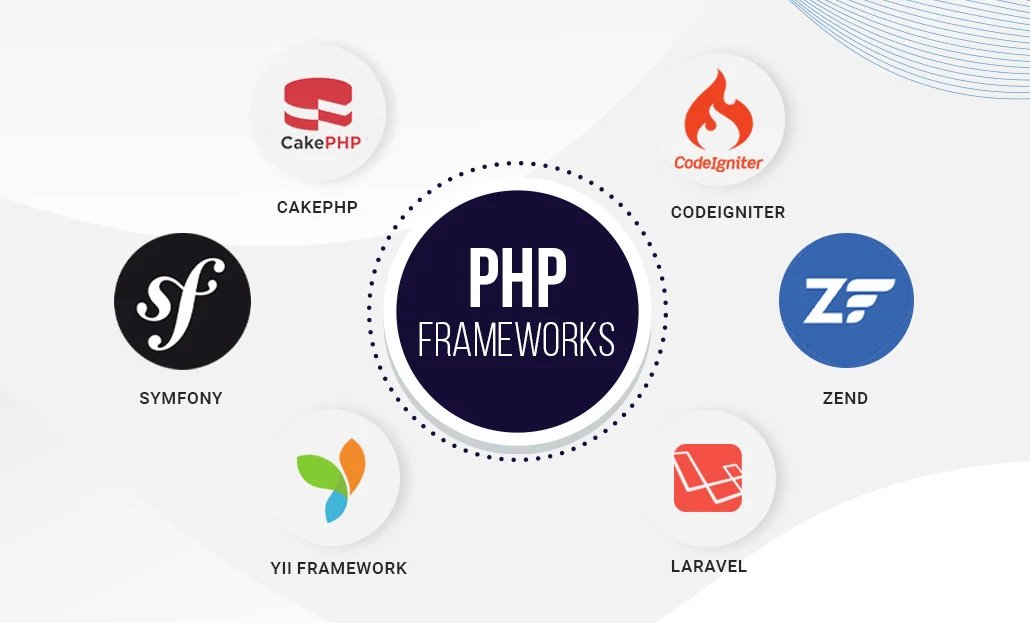Like humans have evolved, so has the software development community in search of what is more effective for them. Modern software development relies on flexibility, speed, and quality as its essential mainstays. As customer demands continue increasing and the technological scenery keeps evolving, it has not been easy for developers to keep up with the speed. Software development has become more complex than ever, making traditional software development lifecycle (SDLC) practices incapable of handling continuous and rapid changes. The challenges and limitations of traditional software methodology have pushed developers — to learn from their laborious experiences and search for a much more efficient model. Methods such as Continuous Integration (CI) and Continuous Delivery (CD) have grown substantially among SDLC by simplifying the model without giving up the general quality of the final product. Both CI/CD are key aspects that help in this matter. They allow users to create integrated development pipelines that range from development to production throughout the software development procedure. So, let’s delve deeper into why incorporating CI/CD pipelines will benefit developers with a more modern and powerful software development method, and its overall implications on the SDLC.
Table of Contents
What does CI/CD refer to in software engineering?
CI/CD stands for Continuous Integration and Continuous Delivery. It is a software engineering process of merging all changes to a codebase, into a shared repository, and then automatically delivering them to production. It is a process constantly being tested, verified, and deployed. In other words, CI/CD introduces automation and monitoring to the complete Software Development Lifecycle (SDLC).
Continuous Integration (CI) is considered the first stage of a software delivery pipeline where the application code is incorporated, developed, and verified. Software development is not an easy task to achieve, especially when dealing with application codes. As codes need to be changed and combined to develop the final product, handling them manually is an impossible task to achieve. Consequently, due to the number of steps involved, CI ensures developers an automated process where new codes are automatically tested. The final objective of Continuous Integration is to contribute to improved software.
Continuous Delivery (CD) follows where CI left off. Continuous Delivery is in charge of automating the delivery of the completed code to production. It focuses on testing, validating and delivering the final code for deployment.
Why incorporate CI/CD pipeline into your SDLC?
As soon as you put CI/CD in your SDLC, the deployable result obtained is called a CI/CD pipeline. CI/CD pipeline automates the overall code build processes, performance tests, and deployment in a production environment. In short, CI/CD pipeline is a process that is used in software development to streamline its production. It helps developers release their products faster, with fewer bugs, and at a higher quality — manual errors are reduced enabling creators to make rapid product duplicates.
Following a series of steps when incorporating CI/CD pipelines in your SDLC are required whenever a new version of a software product needs to be delivered. An effective, dynamic CI/CD SDLC pipeline makes everything simple and well-organized. Working without CI/CD processes hardens the developers’ jobs. They would still be able to perform their functions, but manually and with less productivity — slower and with fewer results.
The CI/CD pipeline can be incorporated into your software’s lifecycle to ensure that the development of your product is done effectively and that developers can join forces among themselves and others in a single cohesive team. By collaborating amongst different departments, a new level of responsible accountability is achieved — as difficulties among teams are easier to visualize due to total transparency within the CI/CD pipeline process.
Benefits of implementing CI/CD pipelines to your SDLC.
Implementing CI/CD pipelines to your SDLC will have the following benefits:
Lower operational costs
Automating your CI/CD pipeline will lower your operational costs considerably since it will reduce the number of bugs repeating across all CI and CD processes. This will allow developers to focus on other tasks like product development since there won’t be many codes to fix.
Faster release rate
Failures are detected faster— which means they can be repaired faster. As such, the release rate will increase correspondingly.
Enhanced test reliability
Test reliability improves as specific changes are introduced into the system, allowing more accurate tests to be conducted. It is important since it guarantees that not a single error goes unnoticed and ends up troubling end-users.
Better product quality
With Continuous Integration, errors are easily found and removed early in the SDLC. This will ensure that customers receive the best quality product you could market.
Smaller backlog
CI/CD pipelines reduce the number of minor faults in your organization’s backlog. Small defects are detected before the production phase and quickly fixed before being distributed to final users.
Faster MTTR (Mean Time To Resolution)
MTTR measures the amount of time spent while recovering from a failure. CI/CD in SDLC reduces the MTTR because code changing is minimal, and fault isolations are easier to identify.
Fault isolations
Fault isolation refers to the practice of designing systems that help limit negative results when an error occurs. Designing your system with CI/CD ensures that fault isolations are faster to discover and easier to execute.
Smaller Code Changes
Implementing CI/CD pipelines to your SDLC allows you to integrate smaller code changes one at a time. These code changes are easier to manage than bigger codes, thus fewer problems will appear afterward.
How CI/CD pipeline is implemented?
There is no one way to set up a CI/CD pipeline. It will depend on the needs of your enterprise and your projects. However, there are frequent steps that usually apply to all CI/CD pipeline process:
- Select a hosted version or hosting provider system to maintain code repositories.
- Design repositories to store application source code and pipelines.
- Determine what build, or CI, server to use.
- Employ a task in the pipeline that gathers application source code into a build.
- Apply tests on the code to guarantee reliability with organizational standards.
- The build should produce an image or artifact published to a store or registry.
- Introduce additional testing on the build.
- Once the final software build approves tests, it must go through preparations for production.
What to consider before incorporating the CI/CD pipeline into your organization’s development process?
It is important to understand that each organization has its own development process. Its own needs. No process is unique as it adapts to the requirements of the company in question— it is necessary to consider the unique needs of each organization when incorporating CI/CD pipeline processes into it.
Each organization must consider the following guidelines before incorporating the CI/CD pipeline:
1. Start small
Be patient as the process evolves and developers try different tools and steps.
2. Define success.
Understand the CI/CD benefits through your organization’s needs.
3. Document processes
Don´t overlook documentation needed as part of the development pipeline, thus it can help solve problems.
4. Think about operations
Developers must understand both deployment and operations.
5. Focus on feedback
Feedback within the CI/CD pipeline is most efficient when developers actively participate in every CI/CD step.
6. Embrace continuous testing
During every CI/CD stage, perform tests that validate the quality and performance of each new build.
Incorporating the CI/CD pipeline in your organization’s SDLC will not only guarantee a cohesive strategy between testing, development, and operations staff but also increase the level of software innovation. This will allow correcting and securing software updates being supplied to end-users regularly.





Leave a Reply
You must be logged in to post a comment.